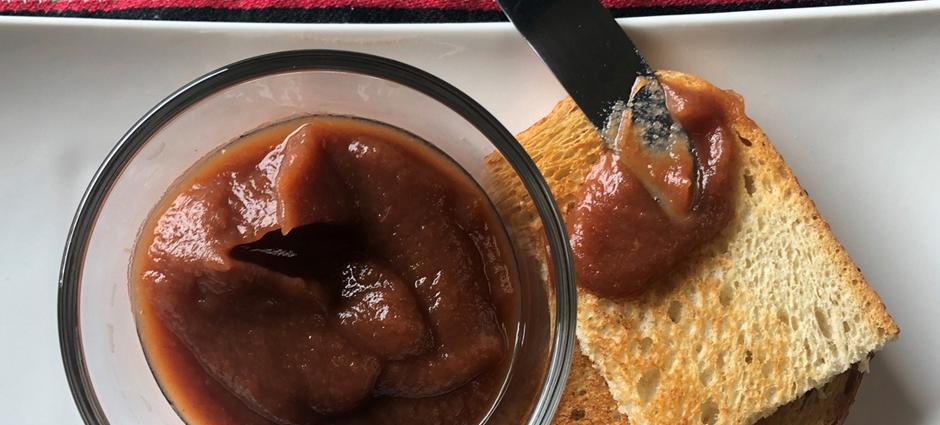Perfectly Pickled Produce
From summer to early fall, farmers’ markets are filled with pickling cucumbers. Although we may think of pickles as made only with cucumbers, "pickling" is a canning term that applies to any vegetable or fruit that is pickled.
Pickling is a technique for fermenting and preserving fruits and vegetables in a brine of salt or vinegar and spices. It offers a flavorful and easy way to add zing to your veggies and fruit, while preserving them for later use. It is one of the safest ways to preserve produce because the process creates acids that safeguard against harmful bacteria and spoilage.
The possibilities are endless when it comes to selecting the produce to pickle - pickled vegetables, relishes, and chutneys. They brighten any meal with tangy flavor and texture. Almost any vegetable can be pickled, including the popular Italian combination of giardiniera (cauliflower, carrots, celery, & peppers), beets, red onions, carrots, green beans, asparagus, garlic, and more. In Korea, pickling cabbage to make Kimchi is a tradition that has been practiced for over 3000 years!
The art of pickling fruit has a rich history as well. Pickling fruit is something you may not have considered, but fruit has been pickled for centuries. Pickled fruits have a rich depth of flavor because the acidic tang of the fermentation process compliments the sweetness of the fruit. Chutney, familiar to those who love Indian food, is a common pickled fruit combination. It is the perfect condiment for meats like pork and chicken, for use as a garnish, and for salads. There are recipes for pickled pears, pickled cherries, pickled peaches, and pickled plums. The trick to pickling fruit is to use firm, almost under-ripe fruit that will maintain its texture. One staple of the Japanese diet is umeboshi, or ‘salted Japanese plums’, which are pickled apricots. Millions of Japanese people eat this incredible sour and salty dish daily alongside breakfast or lunch.
Consider mixing your favorite vegetables together like the giardiniera above. Find fruit of similar firmness and pickle together - mix peaches, blueberries, and plums together, or apples, pears, and quince. If you're short on time, the "Quick Pickle" method is a great alternative to traditional water bath canning, as it keeps the produce crisp and fresh for up to a month in the refrigerator. You can pickle fruits and vegetables in various forms—slices, halves, chunks, or spears.
Start out with the best produce for the best, finished product – and the best will always be at your farmers’ market! Freshness is crucial for a high-quality pickled product that preserves the original flavor and texture of the produce. When you’re ready to try your hand at pickling, the best and most reliable place to start is at the National Center for Home Food Preservation.
So, get out there and start pickling!



